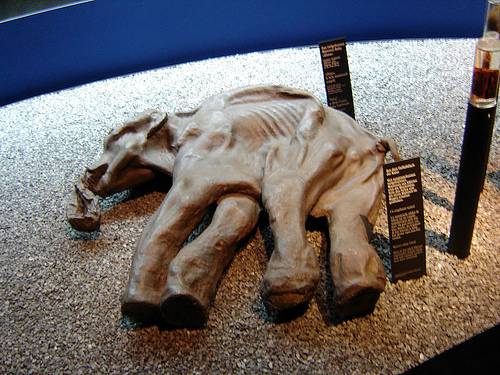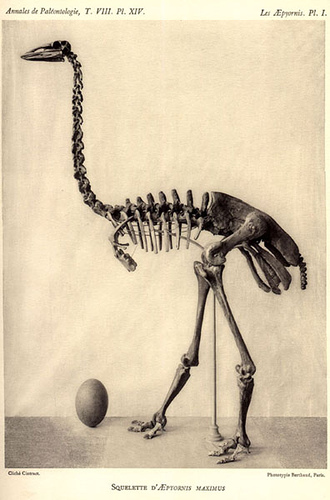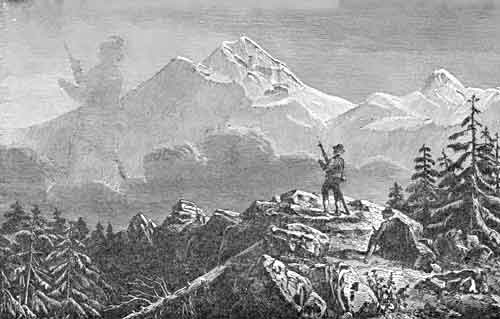Victims of Belgian “entarteur” Noël Godin, who flings cream pies at the self-important:
- Microsoft CEO Bill Gates
- French novelist Marguerite Duras
- Choreographer Maurice Bejart
- French anchorman Patrick Poivre d’Arvor
- French politician Nicolas Sarkozy
- Filmmaker Jean-Luc Godard
- Philosopher Bernard-Henri Lévy
Godin told The New York Times he’s trying “to function in the service of the capitalist status quo, without really using his intelligence or his imagination.” Touché.




